Conservation Agriculture is an ecosystem approach to farming capable of providing solutions for numerous of the agri-environmental concerns in Europe. Certainly, most of the challenges addressed in the Common Agriculture Policy (CAP) could be tackled through Conservation Agriculture (CA). Not only the agri-environmental ones, but also those concerning farmer and rural communities’ prosperity. The optimisation of inputs and similar yields than conventional tillage, make Conservation Agriculture a profitable system compared to the tillage based agriculture. Whereas this sustainable agricultural system was conceived for protecting agrarian soils from its degradation, the numerous collateral benefits that emanate from soil conservation, i.e., climate change mitigation and adaptation, have raised Conservation Agriculture as one of the global emerging agrosciences, being adopted by an increasing number of farmers worldwide, including Europe.
1.
Introduction and notations
Let T be the Calderón-Zygmund singular integral operator and b be a locally integrable function on Rn. The commutator generated by b and T is defined by [b,T]f=bT(f)−T(bf). The investigation of the commutator begins with Coifman-Rochberg-Weiss pioneering study and classical result (see [6]). The classical result of Coifman, Rochberg and Weiss (see [6]) states that the commutator [b,T]f=T(bf)−bTf is bounded on Lp(Rn) for 1<p<∞ if and only if b∈BMO(Rn). The major reason for considering the problem of commutators is that the boundedness of commutator can produces some characterizations of function spaces (see [1,6]). Chanillo (see [1]) proves a similar result when T is replaced by the fractional integral operator. In [11], the boundedness properties of the commutators for the extreme values of p are obtained. In recent years, the theory of Herz space and Herz type Hardy space, as a local version of Lebesgue space and Hardy space, have been developed (see [8,9,12,13]). The main purpose of this paper is to establish the endpoint continuity properties of some multilinear operators related to certain non-convolution type fractional singular integral operators on Herz and Herz type Hardy spaces.
First, let us introduce some notations (see [8,9,10,12,13,15]). Throughout this paper, Q will denote a cube of Rn with sides parallel to the axes. For a cube Q and a locally integrable function f, let fQ=|Q|−1∫Qf(x)dx and f#(x)=supQ∋x|Q|−1∫Q|f(y)−fQ|dy. Moreover, f is said to belong to BMO(Rn) if f#∈L∞ and define ||f||BMO=||f#||L∞; We also define the central BMO space by CMO(Rn), which is the space of those functions f∈Lloc(Rn) such that
It is well-known that (see [9,10])
For k∈Z, define Bk={x∈Rn:|x|≤2k} and Ck=Bk∖Bk−1. Denote by χk the characteristic function of Ck and ˜χk the characteristic function of Ck for k≥1 and ˜χ0 the characteristic function of B0.
Definition 1. Let 0<p<∞ and α∈R.
(1) The homogeneous Herz space ˙Kαp(Rn) is defined by
where
(2) The nonhomogeneous Herz space Kαp(Rn) is defined by
where
If α=n(1−1/p), we denote that ˙Kαp(Rn)=˙Kp(Rn), Kαp(Rn)=Kp(Rn).
Definition 2. Let 0<δ<n and 1<p<n/δ. We shall call Bδp(Rn) the space of those functions f on Rn such that
Definition 3. Let 1<p<∞.
(1) The homogeneous Herz type Hardy space H˙Kp(Rn) is defined by
where
(2) The nonhomogeneous Herz type Hardy space HKp(Rn) is defined by
where
where G(f) is the grand maximal function of f.
The Herz type Hardy spaces have the atomic decomposition characterization.
Definition 4. Let 1<p<∞. A function a(x) on Rn is called a central (n(1−1/p),p)-atom (or a central (n(1−1/p),p)-atom of restrict type), if
1) Suppa⊂B(0,d) for some d>0 (or for some d≥1),
2) ||a||Lp≤|B(0,d)|1/p−1,
3) ∫a(x)dx=0.
Lemma 1. (see [9,13]) Let 1<p<∞. A temperate distribution f belongs to H˙Kp(Rn)(or HKp(Rn)) if and only if there exist central (n(1−1/p),p)-atoms(or central (n(1−1/p),p)-atoms of restrict type) aj supported on Bj=B(0,2j) and constants λj, ∑j|λj|<∞ such that f=∑∞j=−∞λjaj (or f=∑∞j=0λjaj)in the S′(Rn) sense, and
2.
Theorems
In this paper, we will consider a class of multilinear operators related to some non-convolution type singular integral operators, whose definition are following.
Let m be a positive integer and A be a function on Rn. We denote that
and
Definition 5. Fixed ε>0 and 0<δ<n. Let Tδ:S→S′ be a linear operator. Tδ is called a fractional singular integral operator if there exists a locally integrable function K(x,y) on Rn×Rn such that
for every bounded and compactly supported function f, where K satisfies:
and
if 2|y−z|≤|x−z|. The multilinear operator related to the fractional singular integral operator Tδ is defined by
We also consider the variant of TAδ, which is defined by
Note that when m=0, TAδ is just the commutators of Tδ and A (see [1,6,11,14]). It is well known that multilinear operator, as a non-trivial extension of commutator, is of great interest in harmonic analysis and has been widely studied by many authors (see [3,4,5]). In [7], the weighted Lp(p>1)-boundedness of the multilinear operator related to some singular integral operator are obtained. In [2], the weak (H1, L1)-boundedness of the multilinear operator related to some singular integral operator are obtained. In this paper, we will study the endpoint continuity properties of the multilinear operators TAδ and ˜TAδ on Herz and Herz type Hardy spaces.
Now we state our results as following.
Theorem 1. Let 0<δ<n, 1<p<n/δ and DβA∈BMO(Rn) for all β with |β|=m. Suppose that TAδ is the same as in Definition 5 such that Tδ is bounded from Lp(Rn) to Lq(Rn) for any p,q∈(1,+∞] with 1/q=1/p−δ/n. Then TAδ is bounded from Bδp(Rn) to CMO(Rn).
Theorem 2. Let 0<δ<n, 1<p<n/δ, 1/q=1/p−δ/n and DβA∈BMO(Rn) for all β with |β|=m. Suppose that ˜TAδ is the same as in Definition 5 such that ˜TAδ is bounded from Lp(Rn) to Lq(Rn) for any p,q∈(1,+∞) with 1/q=1/p−δ/n. Then ˜TAδ is bounded from H˙Kp(Rn) to ˙Kαq(Rn) with α=n(1−1/p).
Theorem 3. Let 0<δ<n, 1<p<n/δ and DβA∈BMO(Rn) for all β with |β|=m. Suppose that ˜TAδ is the same as in Definition 5 such that ˜TAδ is bounded from Lp(Rn) to Lq(Rn) for any p,q∈(1,+∞) with 1/q=1/p−δ/n. Then the following two statements are equivalent:
(ⅰ) ˜TAδ is bounded from Bδp(Rn) to CMO(Rn);
(ⅱ) for any cube Q and z∈3Q∖2Q, there is
where Kβ(z,y)=(z−y)β|z−y|mK(z,y) for |β|=m.
Remark. Theorem 2 is also hold for nonhomogeneous Herz and Herz type Hardy space.
3.
Proofs of theorems
To prove the theorem, we need the following lemma.
Lemma 2. (see [5]) Let A be a function on Rn and DβA∈Lq(Rn) for |β|=m and some q>n. Then
where ˜Q(x,y) is the cube centered at x and having side length 5√n|x−y|.
Proof of Theorem 1. It suffices to prove that there exists a constant CQ such that
holds for any cube Q=Q(0,d) with d>1. Fix a cube Q=Q(0,d) with d>1. Let ˜Q=5√nQ and ˜A(x)=A(x)−∑|β|=m1β!(DβA)˜Qxβ, then Rm+1(A;x,y)=Rm+1(˜A;x,y) and Dβ˜A=DβA−(DβA)˜Q for all β with |β|=m. We write, for f1=fχ˜Q and f2=fχRn∖˜Q,
then
For I, note that for x∈Q and y∈˜Q, using Lemma 2, we get
thus, by the Lp(Rn) to Lq(Rn)-boundedness of TAδ for 1<p,q<∞ with 1/q=1/p−δ/n, we get
For II, taking 1<s<p such that 1/r=1/s−δ/n, by the (Ls,Lr)-boundedness of Tδ and Holder's inequality, we gain
To estimate III, we write
By Lemma 2 and the following inequality (see [15])
we know that, for x∈Q and y∈2k+1˜Q∖2k˜Q,
Note that |x−y|∼|y| for x∈Q and y∈Rn∖˜Q, we obtain, by the condition of K,
For III2, by the formula (see [5]):
and Lemma 2, we have
thus, similar to the estimates of III1, we get
For III3, by Holder's inequality, similar to the estimates of III1, we get
Thus
which together with the estimates for I and II yields the desired result. This finishes the proof of Theorem 1.
Proof of Theorem 2. Let f∈H˙Kp(Rn), by Lemma 1, f=∑∞j=−∞λjaj, where a′js are the central (n(1−1/p),p)-atom with suppaj⊂Bj=B(0,2j) and ||f||H˙Kp≈∑j|λj|. We write
For JJ, by the (Lp,Lq)-boundedness of ˜TAδ for 1/q=1/p−δ/n, we get
To obtain the estimate of J, we denote that ˜A(x)=A(x)−∑|β|=m1β!(DβA)2Bjxβ. Then Qm(A;x,y)=Qm(˜A;x,y) and Qm+1(A;x,y)=Rm(A;x,y)−∑|β|=m1β!(x−y)βDβA(x). We write, by the vanishing moment of a and for x∈Ck with k≥j+1,
Similar to the proof of Theorem 1, we obtain
thus
This completes the proof of Theorem 2.
Proof of Theorem 3. For any cube Q=Q(0,r) with r>1, let f∈Bδp and ˜A(x)=A(x)−∑|β|=m1β!(DβA)˜Qxβ. We write, for f=fχ4Q+fχ(4Q)c=f1+f2 and z∈3Q∖2Q,
where Tδ,β is the singular integral operator with the kernel (x−y)β|x−y|mK(x,y) for |β|=m. Note that (I4(⋅,z))Q=0, we have
By the (Lp,Lq)-bounded of ˜TAδ, we get
Similar to the proof of Theorem 1, we obtain
and
Then integrating in x on Q and using the above estimates, we obtain the equivalence of the estimate
and the estimate
This completes the proof of Theorem 3.
4.
Applications
In this section we shall apply the theorems of the paper to some particular operators such as the Calderón-Zygmund singular integral operator and fractional integral operator.
Application 1. Calderón-Zygmund singular integral operator.
Let T be the Calderón-Zygmund operator defined by (see [10,11,15])
the multilinear operator related to T is defined by
Then it is easily to see that T satisfies the conditions in Theorems 1–3, thus the conclusions of Theorems 1–3 hold for TA.
Application 2. Fractional integral operator with rough kernel.
For 0<δ<n, let Tδ be the fractional integral operator with rough kernel defined by (see [2,7])
the multilinear operator related to Tδ is defined by
where Ω is homogeneous of degree zero on Rn, ∫Sn−1Ω(x′)dσ(x′)=0 and Ω∈Lipε(Sn−1) for some 0<ε≤1, that is there exists a constant M>0 such that for any x,y∈Sn−1, |Ω(x)−Ω(y)|≤M|x−y|ε. Then Tδ satisfies the conditions in Theorem 1. In fact, for suppf⊂(2Q)c and x∈Q=Q(x0,d), by the condition of Ω, we have (see [16])
thus, the conclusions of Theorems 1–3 hold for TAδ.
Acknowledgements
The author would like to express his deep gratitude to the referee for his/her valuable comments and suggestions. This research was supported by the National Natural Science Foundation of China (Grant No. 11901126), the Scientific Research Funds of Hunan Provincial Education Department. (Grant No. 19B509).
Conflict of interest
The authors declare that they have no competing interests.











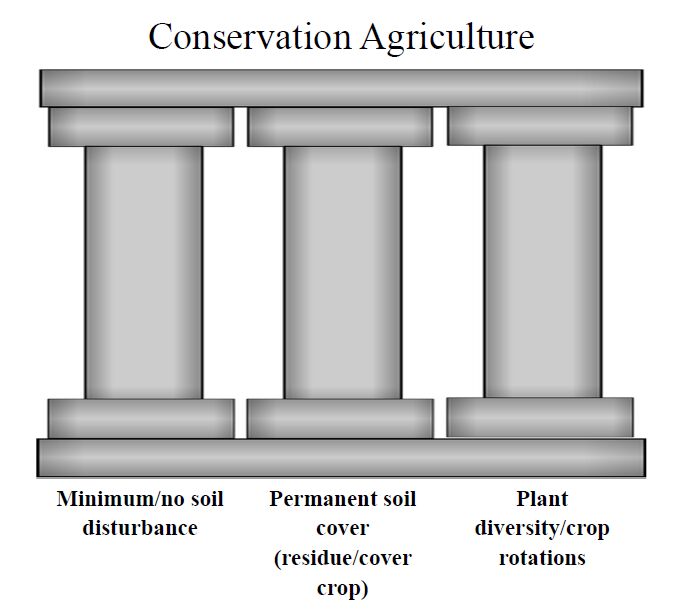
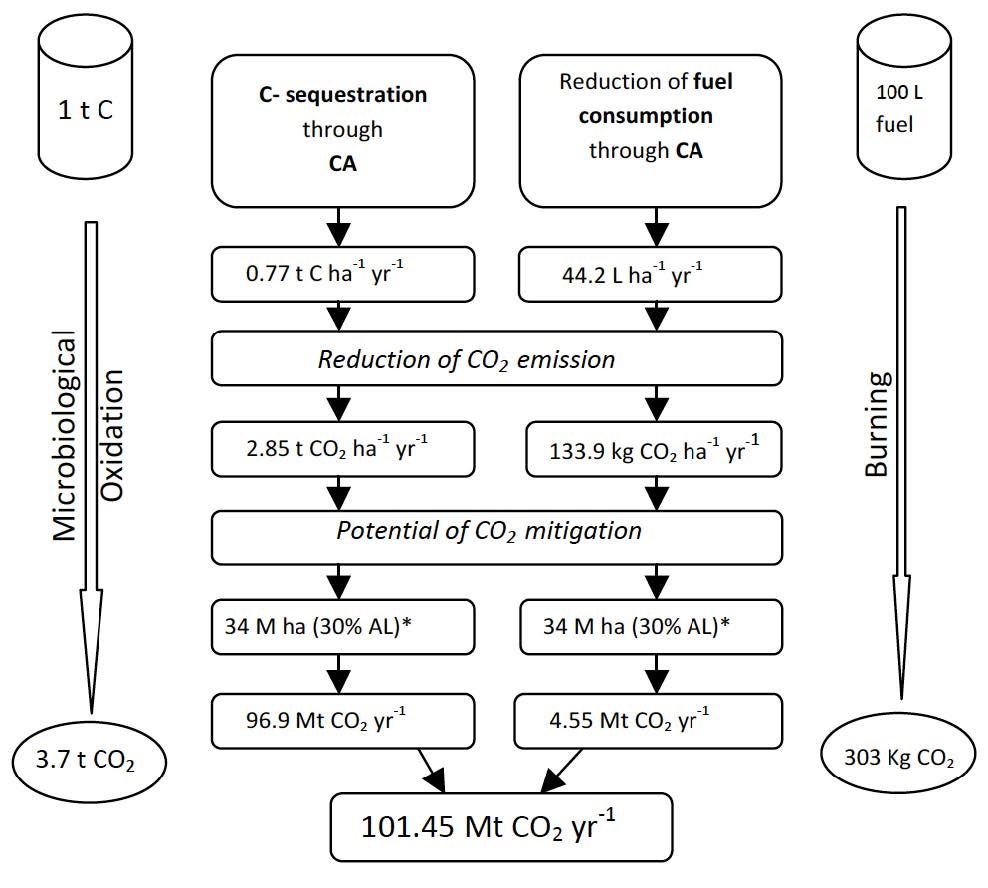
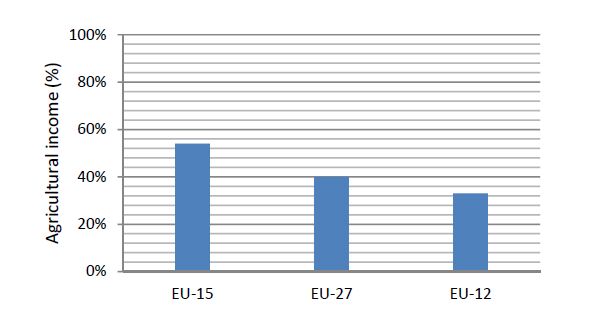

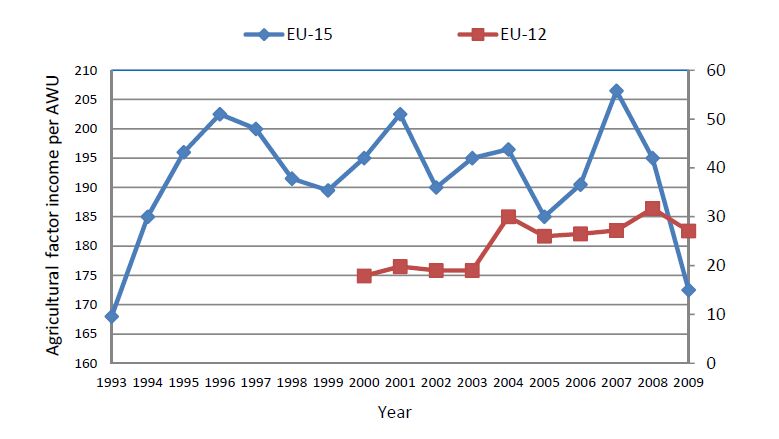
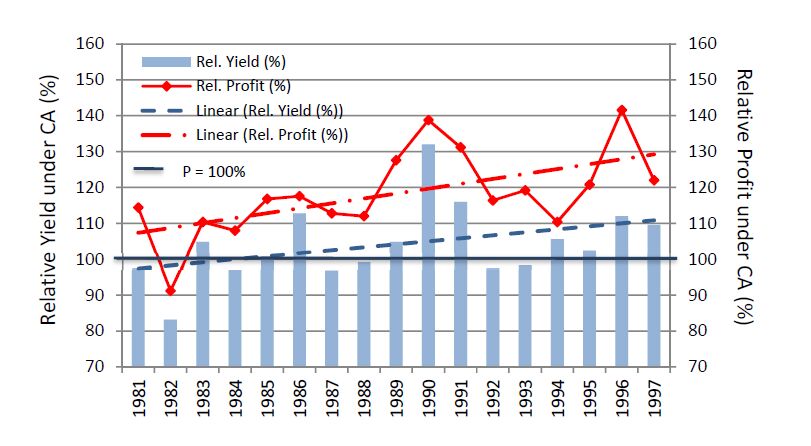
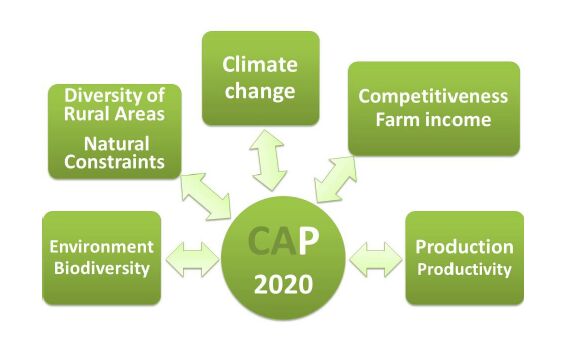


 DownLoad:
DownLoad: